I don’t know about you, but as soon as the weather gets warmer, my desire to enjoy outdoor dining and cooking kicks in. For some people, grilling can feel kind of intimidating, so I wanted to share my tips on how to cook on a gas grill to help you get over any fears you might have.
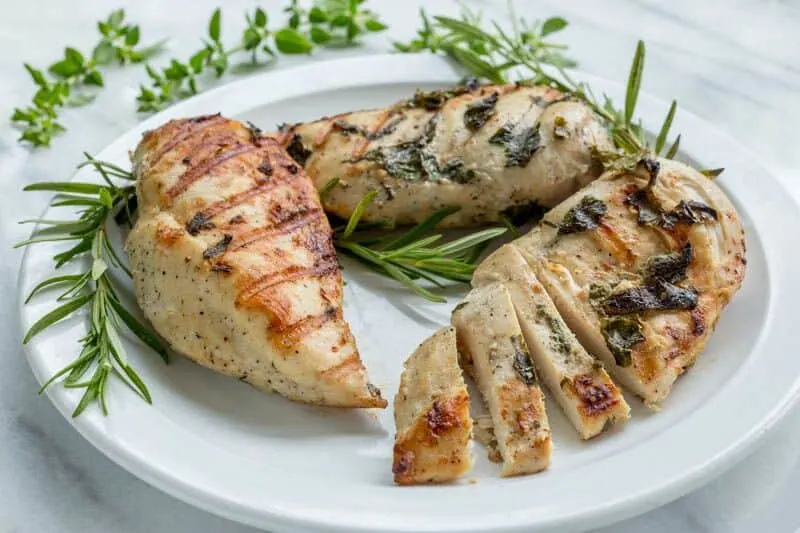
Note: This page contains affiliate links. If you purchase a product through these links, your cost will be the same but The Scramble will receive a small commission. I only link to products I personally use, trust, and love. If you want to learn more, please check out my disclosure page. Thanks for your support!
In many households, the grill is one person’s domain – sometimes it’s the principle cook and other times it’s someone entirely different. In speaking to people, I have found that this is often because folks are intimidated by cooking on the grill. They worry that they’ll have less control or feel that cooking directly over flames is scary, but I believe that this simple cooking technique should be one that everyone feels comfortable doing. So, I want to help you to learn how to cook on a gas grill and to get over any fear of grilling you might have.
Why Learn to Grill?
In order to help you to get over your fear of grilling, I believe the first step is to help you understand why you should learn to grill in the first place.
Grilling: A Quick and Efficient Way to Cook
While it may seem counter-intuitive since you have to prep food inside and then go outside to cook it, because of the rapid pre-heating time and the use of direct contact with the heat source, grilling is actually a very efficient way to cook.
Keep the Heat Out
In addition, in the dog days of summer, when the last thing you want to do is heat up your house by cooking in the kitchen, using your outdoor grill will take all the heat outside, helping your house to say pleasantly cool. Plus you’ll be able to be outside in the fresh air instead of cooped up in the kitchen.
Grilled Food Tastes Amazing
There’s something magical that happens when food is cooked over a direct flame as it is in grilling. This magic actually has two components to it: The Maillard Reaction and caramelization.
The Maillard Reaction
The Maillard Reaction is what happens when food is exposed to direct high heat (300-500 degrees Fahrenheit) so that the outside of the food heats up faster than the inside. When this happens you are able to create strong flavors. It’s responsible for the savory quality that we love in grilled meat, but also for the deep flavors of coffee (thanks to the roasting process) and the shift in flavor from a slice of bread to a piece of toast.
Caramelization
Caramelization is what happens when a food is cooked at high temperatures and the sugar molecules begin to brown, eliciting a sweetness in the food. You can experience this in roasted or grilled vegetables, as well as the outer crust of meat that has been seared.
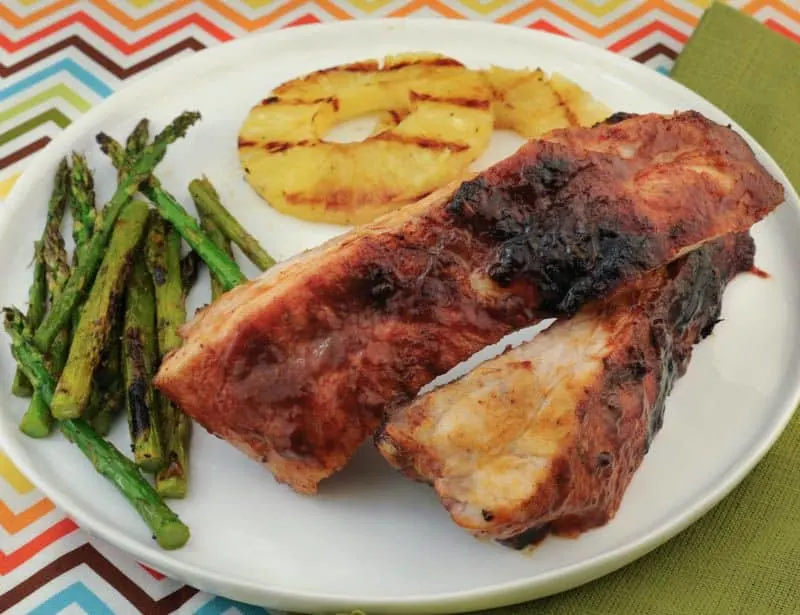
Grilling Terms: Some Definitions
There are two grilling terms that are helpful to understand before you start to grill as they are often used in grilling recipes.
Direct Heat
This is when you put the food on the spots of the grill that are directly over the flames. These are the hottest parts of your grill. Foods that are good to grill on direct heat include:
Note: When you cook over direct heat, be sure to keep an eye on the food being cooked as it can get over-charred quickly.
Indirect Heat
This is when you put the food on the parts of the grill which are less hot and where the flames are not directly underneath. On a gas grill you can create this by turning off one of the burners or by using the upper rack of your grill, if it has one. You should use this for anything that will take more than 20 minutes to cook.
Foods that work well over indirect heat include:
- large piece of meat (e.g., briskets, shoulders)
- bone-in chicken
- dense vegetables such as cabbage and potatoes
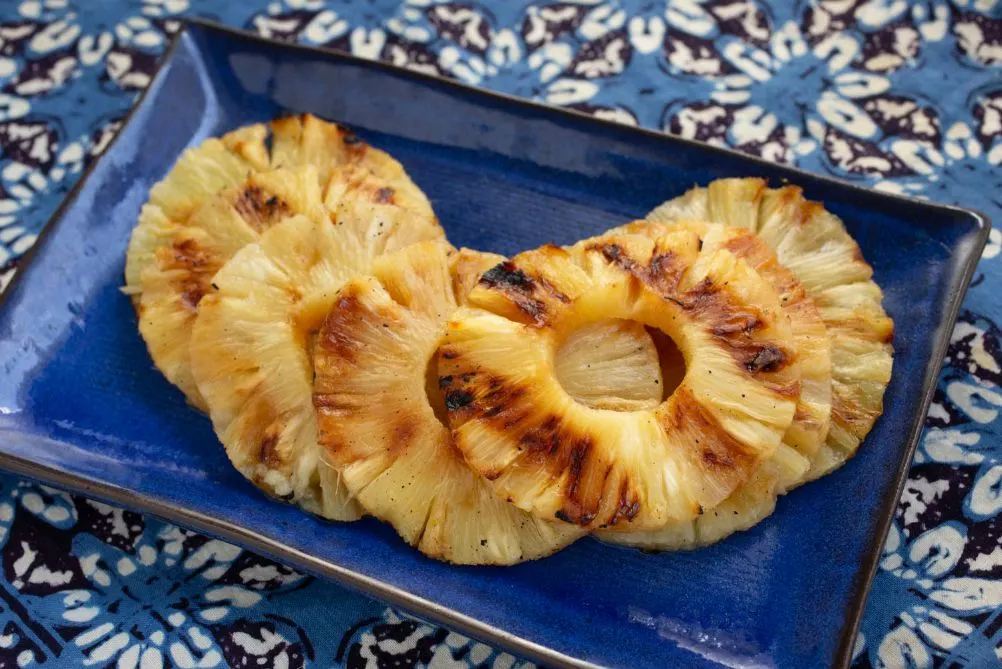
How to Cook on a Gas Grill
Here are my tips for the grilling process so that you can have a successful grilling experience. I’ve divided my tips up into four categories for quick and easy reference. The categories are:
- general tips
- marinades, sauces, and dry rubs
- grilling meat
- grilling vegetables
General Grilling Tips
Prepping to Grill
- If it is not already clean, before turning the grill on, clean the grill with a metal scraper. (Note: You can also do this step immediately after cooking on the grill, when you have turned it off, which is when I actually prefer to do it because then you always get to start with a nice, clean grill. See final bullet in this section for more details.
- Before turning it on, coat the grates with nonstick cooking spray or rub it with some high heat cooking oil (e.g., vegetable or canola oil) on a paper towel. This helps to prevent the food from sticking to the grates.
- Preheat gas grills for about 10 minutes on high with the cover closed. The grill should be very hot before you start to cook.
- If slicing vegetables, meat, or tofu for the grill, keep pieces relatively big so that they won’t fall between the grates.
- For smaller items that you want to grill, use a grill basket so that they don’t fall down into the flames.
- If possible, set up a small table next to your grill. This will be helpful for holding platters and cooking utensils you use during grilling.
While You Cook
- Both gas and charcoal grills cook more efficiently with the cover closed — this also helps avoid flare-ups.
- If you have a gas grill, keep a spare tank of propane to avoid running out of gas mid-dinner prep.
- If your propane tank does run out and you don’t have a spare, move the food to your broiler – just keep the rack about 5 or 6 inches from the heating element. (Think of it as an upside down grill).
- If grilling for others, I recommend grilling as much of the food ahead of time as you can, just so you can feel relaxed while entertaining. Good options here include vegetables, fruit, tofu, and even some cuts of meat. That way you get to actually enjoy the company, rather than sweat over the grill.
Wrapping Up
- Turn off and clean the grill with a metal scraper as soon as you’re done cooking — it’s much easier to clean the grill when it is still hot from cooking.
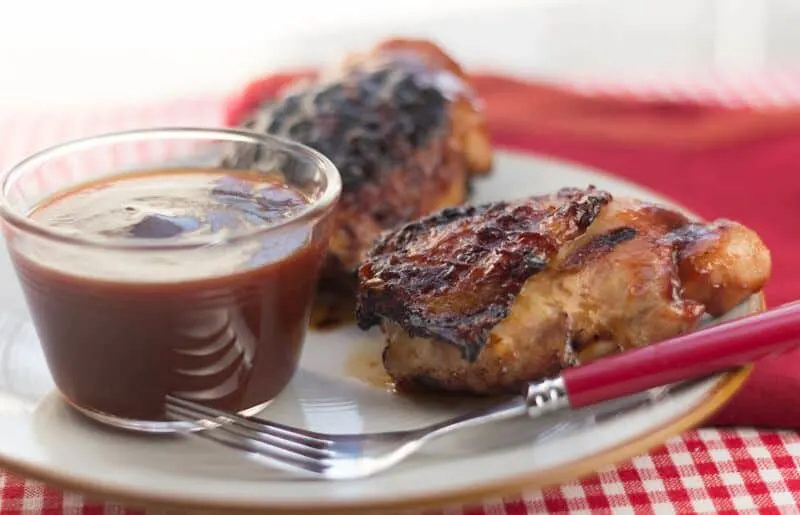
Marinades, Sauces, and Dry Rubs
- Marinate early (usually). Marinating meat, fish, and veggies will add lots of flavor to your meal. Depending on the food and the marinade you can marinate for as little as 10 minutes and as much as 24 hours. Read your recipe carefully to see what applies.
- Dry rub super early. A dry rub is when you rub the food with a mixture of dried spices and herbs. It can add a lot of flavor to your meat or meat substitutes. For best results, apply the dry rub at least 12 to 24 hours ahead of time.
- Sauce it at the end. BBQ sauce or any other sauce, on the other hand, should be brushed on in the last few minutes of cooking. This is because it will end up burning if it is on for too long. If you want to boost the flavor, you can brush a very small amount on before cooking (like a marinade), but save the vast majority for the end.
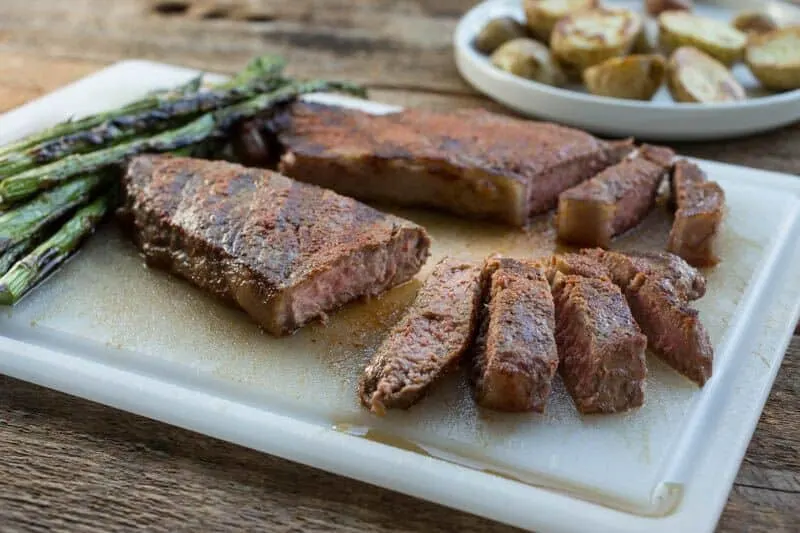
Cooking Meat on the Grill: What to Know
- When preparing meat for grilling, take the time to trim visible fat.
- To keep meat juicy, don’t pierce it or press down on the meat with a spatula while it’s cooking. Instead, use tongs to flip it.
- Flip meat just once – this will help keep the juices in.
- If the meat is stuck to the grill, let it cook a little while longer. It will release itself once it is ready to flip.
- For thicker bone-in meat (like chicken thighs), start it in the hottest part of the grill to get a nice sear/crust and then move it to the indirect heat to finish cooking. This will prevent an overly charred end result.
- Use a meat thermometer to check done-ness (it is much more effective than trying to tell by touch).
- As with all cooking, don’t put cooked meat back on the dish with its raw juices and potentially harmful bacteria.
- Let the meat rest. This is actually true whenever you cook meat, but giving the meat 5-15 minutes to rest after taking it off the grill will allow the meat juices to redistribute throughout the cut of meat you are serving.
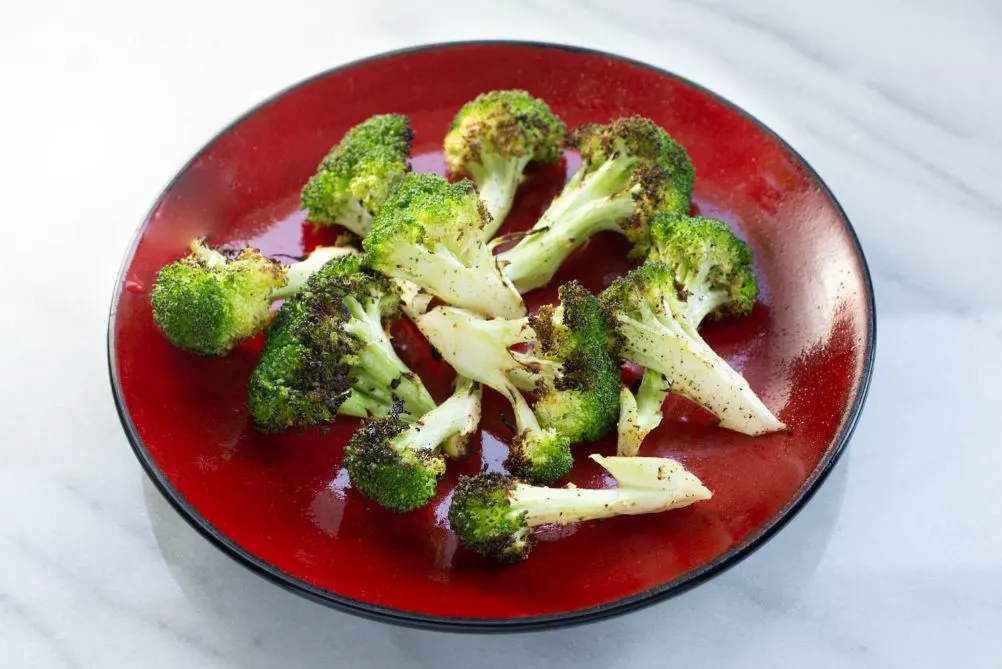
Cooking Vegetables on the Grill: What to Know
- Slice your vegetables into strips so that you expose as much of the surface as possible to the heat without being so small that they will fall between the grill slats or fall apart. 1/4-inch slices work well for zucchinis, eggplants, yellow squash, and onions. Thick strips or flats are great for bell peppers. Asparagus and green onions work fine whole.
- Brush your vegetables with oil. This will help to prevent sticking and will help any seasonings you have added to stick better.
- Consider parboiling/precooking denser vegetables such as carrots, sweet potatoes, and potatoes (5 minutes for carrots, 10 for potatoes). This will allow you to then cook them quickly on the direct heat allowing for caramelization without burning.
- Use skewers or a basket for small vegetables such as cherry tomatoes, mushrooms, small bell pepper pieces, broccoli and cauliflower florets, and onion chunks.
- Keep a close eye. Vegetables tend to cook quickly on the grill, especially on direct heat, so you should keep a close eye to prevent burning.
- Packets are great, too. If you don’t want to/can’t keep a close eye on the vegetables as they cook, use foil packets. You’ll get lovely steamed vegetables with a slightly smokey finish. Just be careful when you open the packets as steam will have built up.
Great Easy Grilling Recipes
Here are some of The Scramble’s most popular (and simplest) grilling recipes.
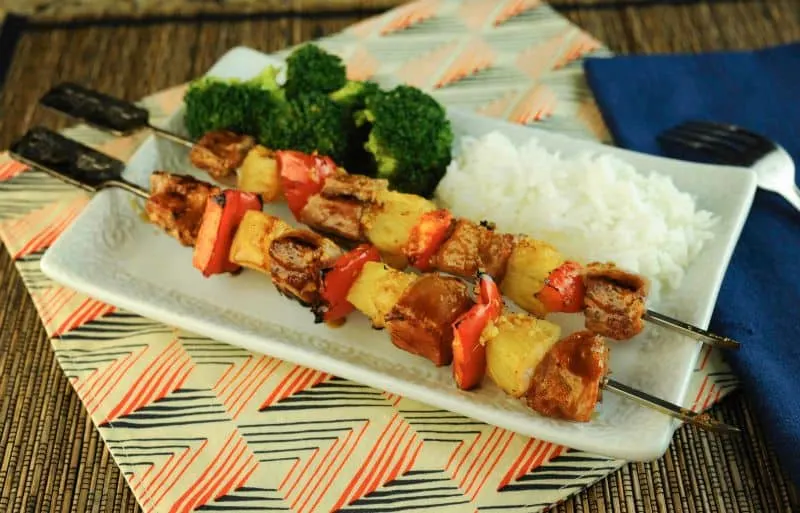
Grilled Pork and Pineapple Kabobs
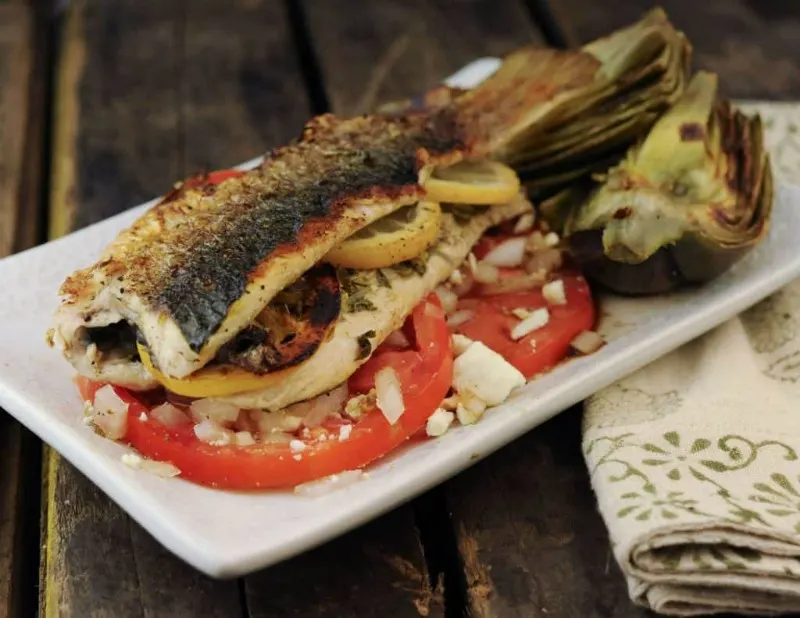
Grilled Trout Stuffed with Fresh Herbs and Lemon Slices
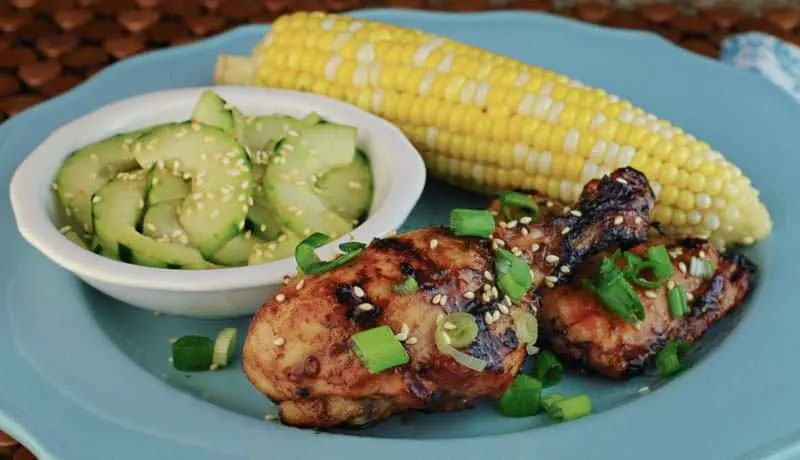
Grilled Sesame Chicken
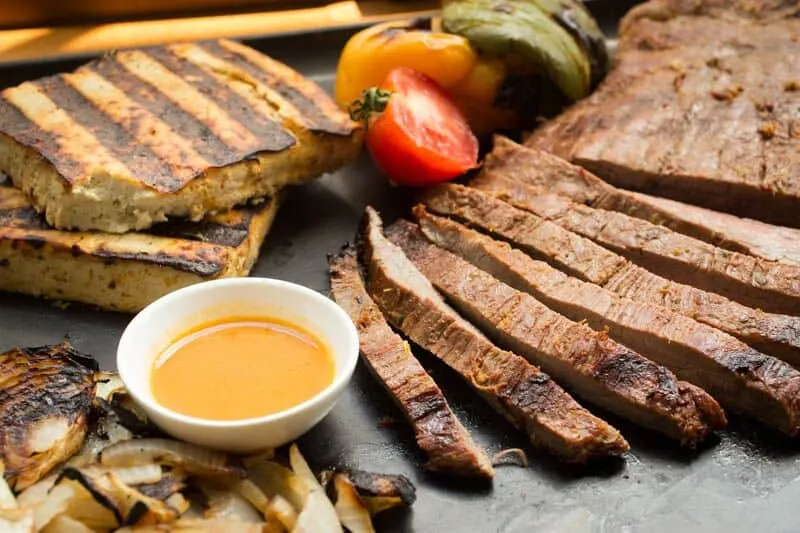
Grilled Steak (or Tofu Steak) in Chipotle Garlic Lime Marinade
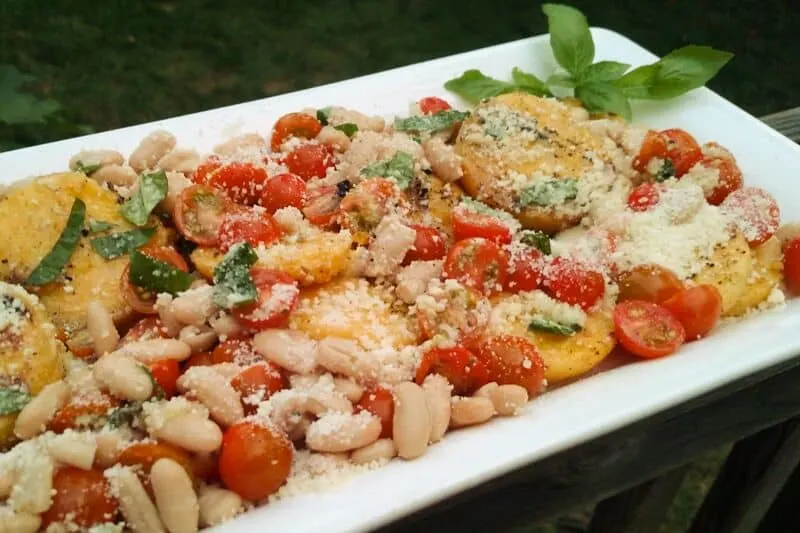
Grilled Italian Polenta with Fresh Tomatoes and Beans
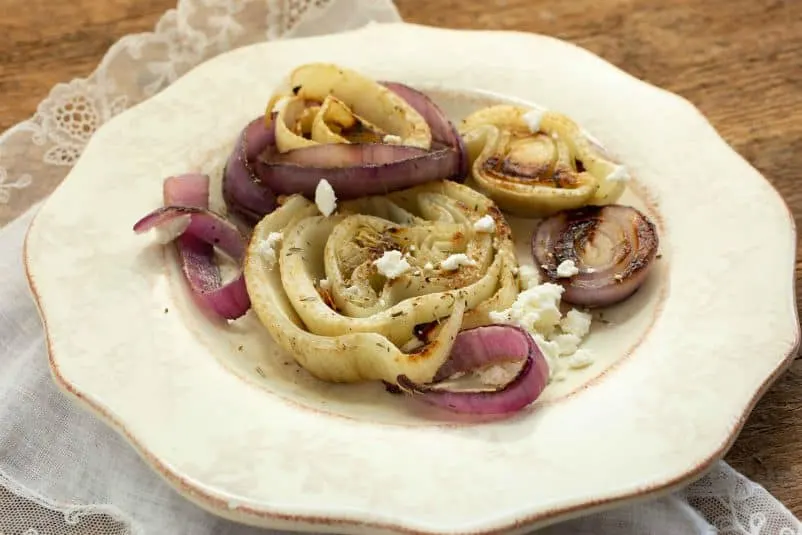
Grilled Fennel and Red Onion Salad
Do you have favorite grilling tips and tricks or favorite foods to grill? I’d love to hear about them in the comments!

Mrs. Kitchener
Friday 3rd of January 2020
It was very useful to read your article, thank you!
Grillin’ Bill
Saturday 9th of November 2019
Thanks for the great stuff!
Jessica Braider
Sunday 10th of November 2019
Thanks for reading! :)
X-Chef
Tuesday 23rd of April 2019
Pork, cooked on a gas grill, without oil and fat, turns juicy, fragrant and healthy!
Jessica Braider
Tuesday 23rd of April 2019
Great tip!